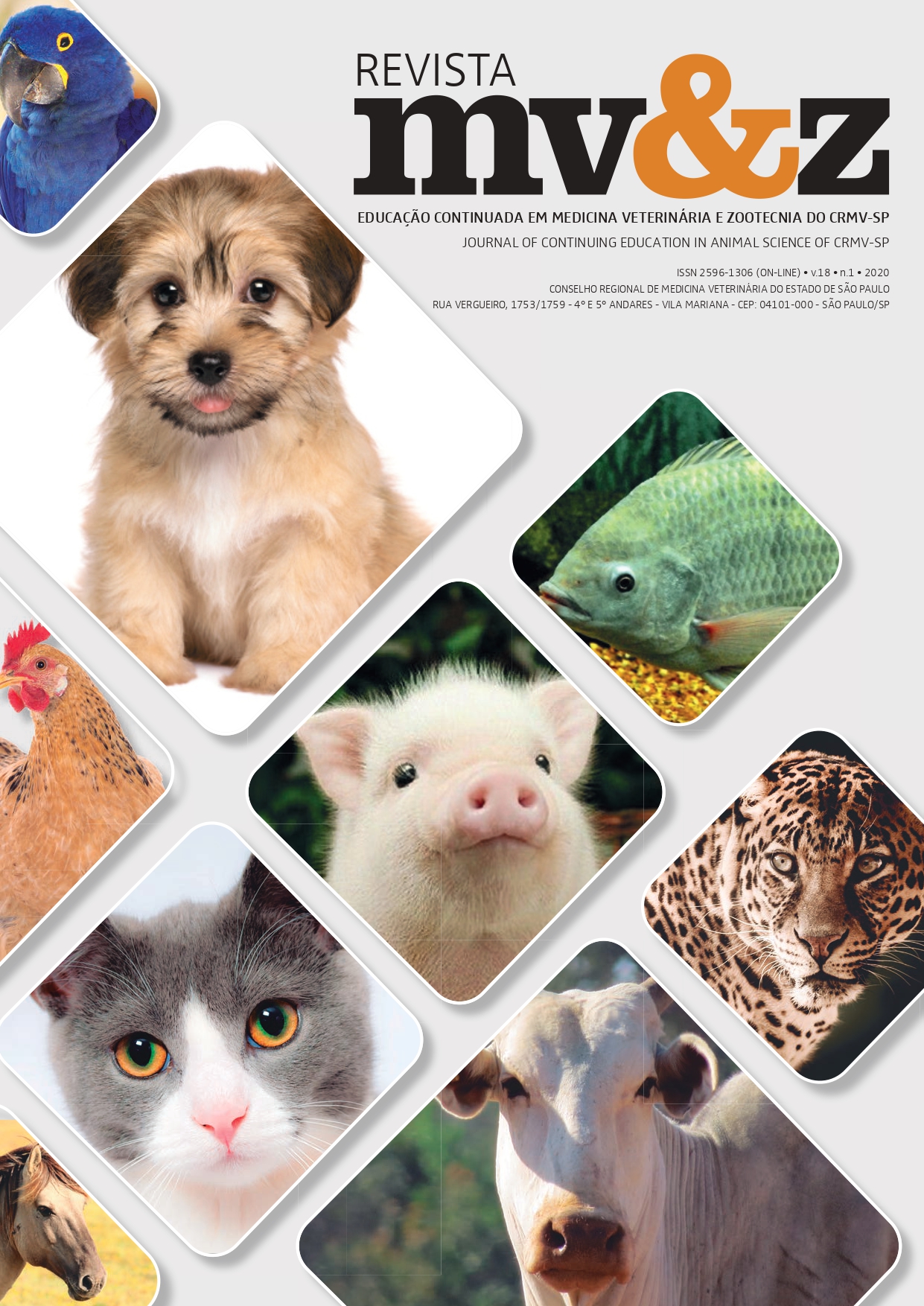Potential uses of the animal model Zebrafish Danio rerio in Veterinary Medicine researches
Main Article Content
Abstract
Zebrafish (Danio rerio) is an excellent model body to evaluate the safety and efficacy of new chemicals in animal health in a fast and economical way. Considering that more than 1,000 new chemicals are marketed annually for the development of products such as vaccines, drugs, food additives and agrochemicals, the purpose of this review is to present the Zebrafish as a model for assessing the efficacy and biotoxicity of compounds in the veterinary scope. Numerous studies have confirmed that profiles between Zebrafish and mammals are surprisingly similar, and their transparency, external fertilization, small size and short life cycle allow direct in vivo and real-time evaluation of (i) effects of chemical compounds in the development of animals, (II) efficacy of new drugs in the treatment of specific diseases, (iii) efficacy and safety in the development of vaccines against infectious diseases, (iv) directing the treatment of animal cancer in a more targeted and specific way. Therefore, the practicality and efficiency of its use in research can accelerate the process of developing new veterinary and agricultural compounds with less expenses when compared to tests carried out in other animal models and with higher predictive and informative value than in vitro tests.
Article Details

This work is licensed under a Creative Commons Attribution-NonCommercial-NoDerivatives 4.0 International License.
1. Autores mantém os direitos autorais e concedem à revista o direito de primeira publicação, com o trabalho licenciado sob a Creative Commons Atribuição-NãoComercial-SemDerivações 4.0 Internacional
2. Autores têm autorização para assumir contratos adicionais separadamente, para distribuição não-exclusica da versão do trabalho publicada nesta revista (ex.: publicar em repositório institucional ou como capítulo de livro), com reconhecimento de autoria e publicação inicial nesta revista.
3. Autores têm permissão e são estimulados a publicar e distribuir seu trabalho online (ex.: em repositórios instituicionais ou na sua página pessoal) a qualquer ponto antes ou durante o processo editorial, já que isso pode gerar alterações produtivas, bem como aumentar o impacto e a citação do trabalho publicado (Veja O Efeito do Acesso Livre);
